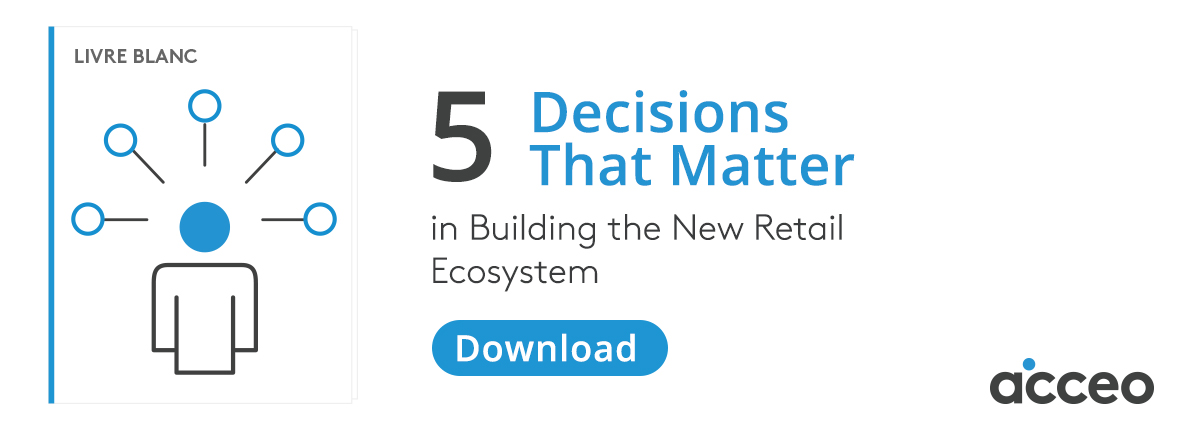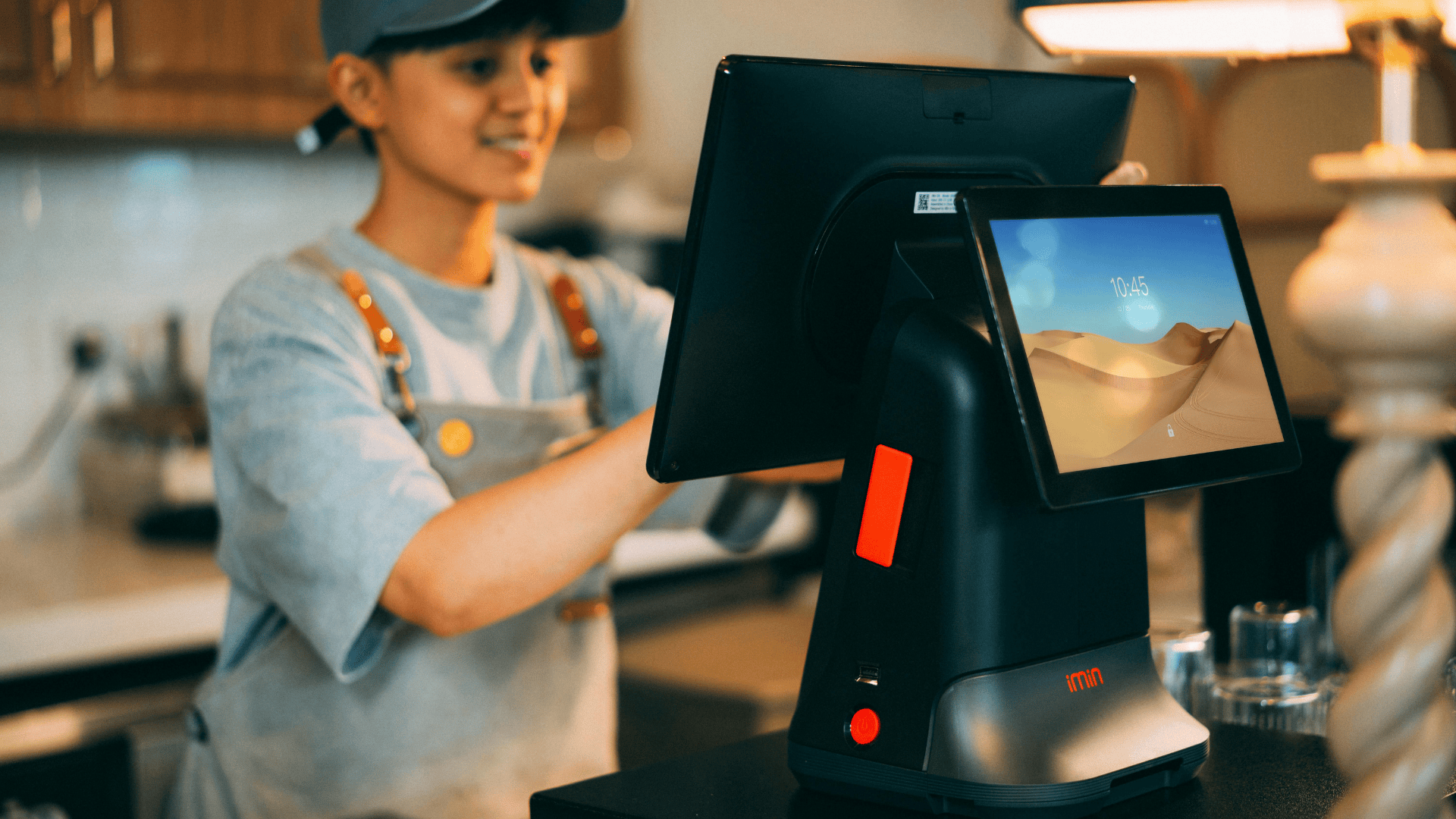Omnichannel vs. Unified Commerce: It’s All About Making the Right Decisions

The retail sector is all about omnichannel and unified commerce right now. Bolstered by the mobilization of retail, digital commerce has placed the power in the customer’s hands—and customers now dictate changes in the market. As the retail landscape becomes more and more competitive, retailers must adapt and make key decisions to survive.
Customer experience is a decisive factor
Statistics highlight that 89% of businesses are expecting to be competing with each other solely on customer experience in the near future. Subsequently, the decision to adopt either the omnichannel model or take advantage of unified commerce becomes crucial for the survival of businesses.
Defining the omnichannel model
Ken Morris, the co-founder of Boston Retail Partners, is often considered as a reference in the retail sector. His definition of the omnichannel model is that businesses offer “multiple channels” that do not converge into one piece of software, thus giving “many versions of the truth”.
Omnichannel refers to a type of retail that offers different methods of shopping, such as online, in a physical store or by phone etc, aiming at improving customer experience. Multiple channels are combined together to offer a seamless experience to clients. However, if these channels do not work together, the model is not considered as omnichannel.
Businesses adopting the omnichannel strategy have to align their messaging and goals across each channel and device.
Defining the unified commerce
Unified commerce has become the latest trend in retail. Unified commerce is a strategy whereby all business logistics are collected in a homogenous manner. The various channels pick up and send data to a central engine. In other words, the same information is to be found in a physical store as well as the web, for example. Since all data converge towards one central engine, there is no need for manual administration of information; data is shared in real-time, avoiding congestions.
Retailers, today, can no longer afford to operate various channels in silos. The unified commerce platform becomes the consolidation point for absolutely all transactions, pricing, order management, inventory, and call centers, amongst others.
The ever-changing retail landscape
Industry analysts are confident that fewer stores will close in the near future, but nothing indicates that the pace of change is slowing down, on the contrary. Some of the biggest trends affecting retail include experiential shopping, omnichannel convenience, expansion of online stores into physical locations, and industry consolidation with major mergers and acquisitions.
And while these current trends are not going away any time soon, retailers should also be early adopters of innovative techniques. They must pay attention to emerging trends such as more effective personalization strategies for the entire customer experience, voice assisted shopping, experimentation of new store formats like showrooming, and pop-ups, and the rapid rise of private labels from marketplaces like Amazon or Target.
As a retailer, you need to make the right investments to thrive and survive. Your decisions will matter in building the new retail ecosystem.
Download our whitepaper The Five Decisions that Matter in Building the New Retail Ecosystem to find out more.
Related posts
Discover what makes us different.
Book your personalized demo today and find out why leading retailers are finding success with Retail-1.
Call us at 1 888-353-5888 or fill out the form to schedule a demo with our experts.






